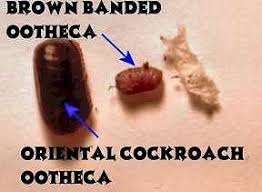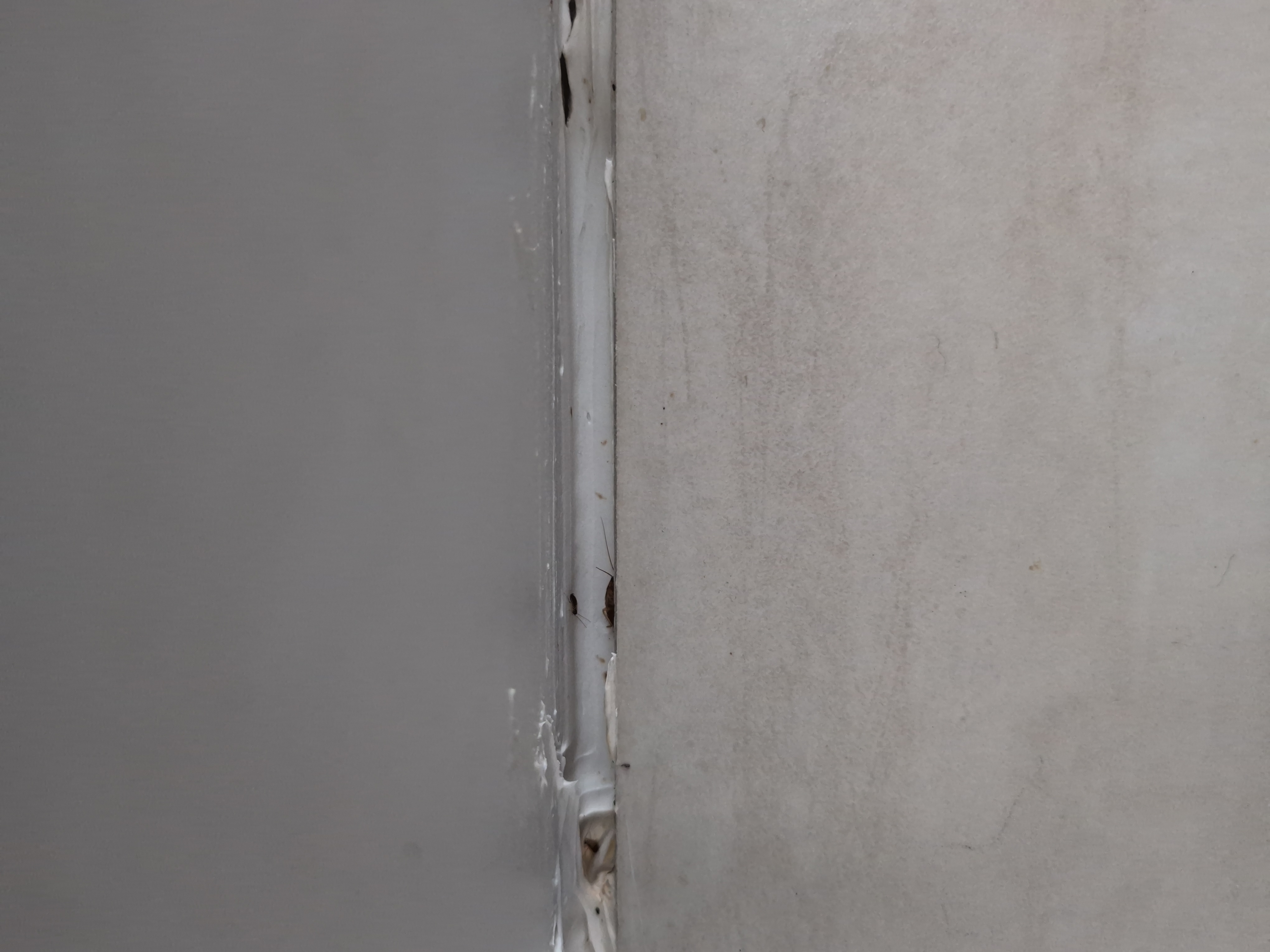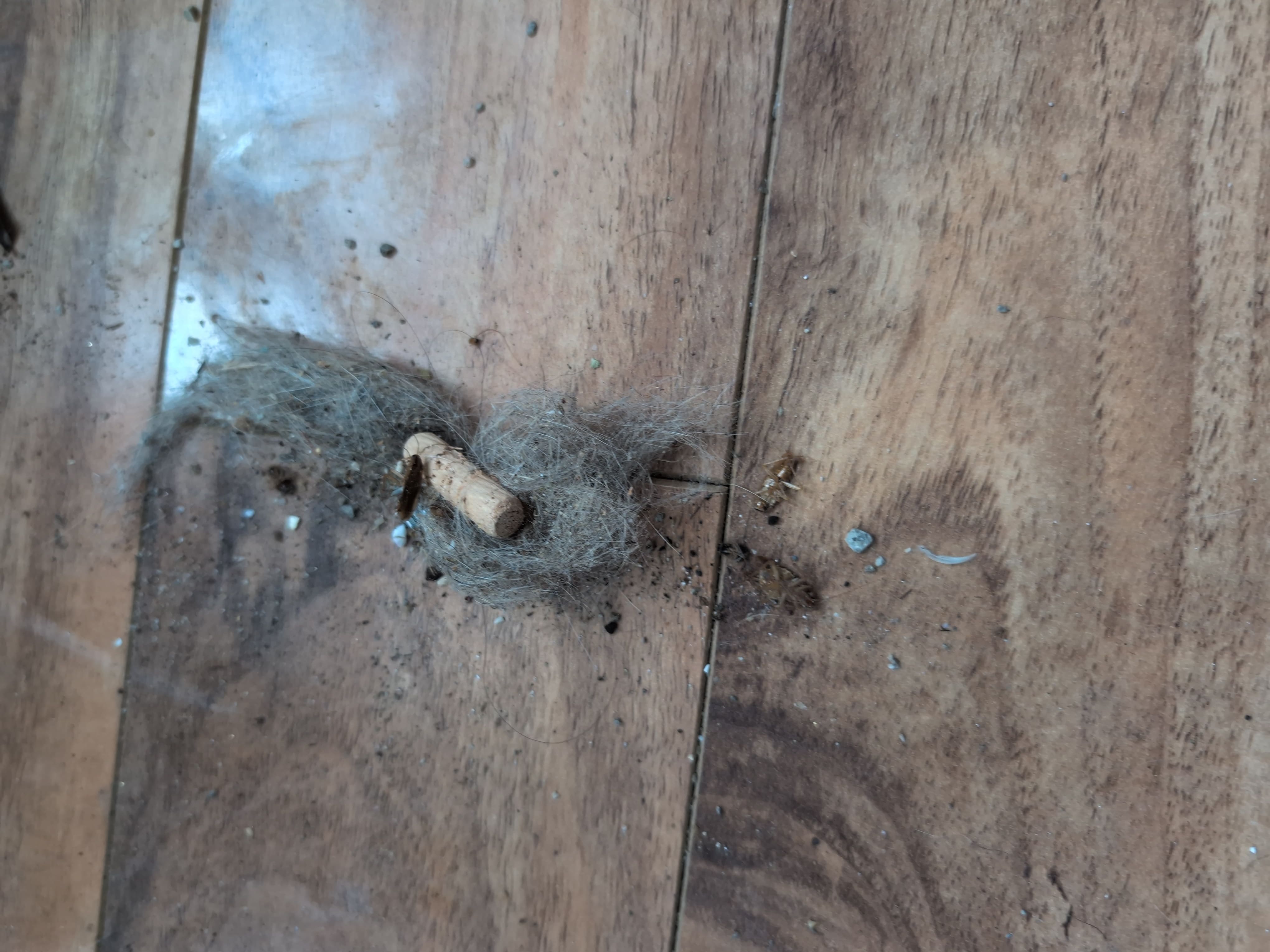Residential & Commercial Cockroach Extermination and Prevention
Our cities' density means they are a major hub for pests. Cockroaches are exceptionally resilient masters of survival and can invade homes and businesses by squeezing through the smallest cracks and crevices. They travel through plumbing, vents, or being unknowingly brought in with groceries, packages, and used furniture.
Last Updated: August 9, 2025
What are Cockroaches?
Cockroaches (Order: Blattodea) are resilient scavenger insects known for infesting homes and commercial buildings. They are omnivorous and feed on a wide variety of materials from food crumbs to paper and glue. Cockroaches are considered significant public health pests as they can spread pathogens such as Salmonella, E. coli, polio virus, and can triggering allergies. (source: National Library of Medicine)
Adult cockroaches vary depending on the species but are generally:
- Size and Shape: Oval, flattened bodies with long, thread-like antennae. Their size can range from 1.2−5 cm (0.5−2 inches) or more.
- Colour: Ranges from light tan to a dark reddish-brown or black, often with specific patterns depending on the species.
Cockroaches are masters of concealment and are primarily nocturnal. They seek out warm, dark, and humid environments within cracks and crevices. They can be found in kitchens, bathrooms, behind appliances, under sinks, inside cupboards, and within wall gaps or drain pipes.

What are the Signs of a Cockroach Infestation?
Cockroaches are resilient and secretive pests often making their presence known through the evidence they leave behind. If you suspect an infestation, be on the lookout for these key indicators:
- Droppings: Cockroach feces can vary in appearance depending on the size of the cockroach. Smaller roaches leave behind droppings that resemble black pepper or coffee grounds, while larger ones produce cylindrical droppings. These are often found in areas where they gather such as in cabinets, pantries, and under appliances.
- Egg Casings (Oothecae): Cockroaches lay their eggs in protective casings called oothecae. These are typically brown or dark-colored, oblong-shaped capsules. Finding these egg casings behind furniture, in cracks and crevices, or in dark corners is a definite sign of a breeding population.
- Shed Skins: As cockroaches mature, they molt and shed their skins. These translucent cockroach-shaped casings are often found near their
hiding places.
- Unpleasant Odor: A significant cockroach infestation can produce a distinct and unpleasant odor. This is often described as musty, oily, or sweet and becomes more noticeable as the infestation grows. The smell is a result of their droppings, secretions, and decaying dead cockroaches.
- Live Cockroaches: Spotting a live cockroach, especially during the day, is a strong indication of a heavy infestation. Cockroaches are nocturnal, so daytime activity can signal that their hiding spots are overcrowded. Check dark and moist areas like under sinks, behind refrigerators, and in basements.
- Smear Marks: In areas with high moisture, cockroaches can leave behind darkish irregular-shaped smear marks on walls and along the paths they travel.



What are the Risks and Concerns of a Cockroach Infestation?
While cockroaches are often just seen as a nuisance, their presence poses significant health risks and can lead to major issues in both residential and commercial settings.
For Homeowners:
- Physical Health: Cockroaches are known vectors for diseases, capable of carrying pathogens like Salmonella and E. coli on their bodies, contaminating food and surfaces. Furthermore, their shed skins, droppings, and saliva contain potent allergens that can trigger allergic reactions and severe asthma attacks, particularly in children. (source: Health Canada)
- Psychological Distress: Discovering a cockroach infestation can cause significant anxiety, feelings of shame or uncleanliness, and persistent stress over the health risks to one's family. (source: National Library of Medicine)
- Financial Cost: A serious infestation requires professional extermination, which can be expensive. All contaminated food must be discarded, and in extreme cases, homeowners may spend thousands on repeated treatments and sealing entry points.
For Businesses:
- Reputation Damage/Business Closure: For any business, especially restaurants and hotels, a single cockroach sighting can be catastrophic, leading to viral social media posts, negative reviews, and a loss of public trust. Under Toronto's DineSafe program, a cockroach infestation can result in a visible failure notice and immediate closure orders. A Markham woman claimed to have found a cockroach in her drink at a popular coffee chain (source: CTV News)
- Financial Loss: Businesses face revenue loss during closures, the cost of comprehensive pest control, and the mandatory disposal of contaminated inventory. Fines from public health authorities and potential lawsuits can add tens of thousands of dollars to the financial burden.
- Regulatory Compliance: Toronto Public Health actively inspects commercial premises. A cockroach infestation is a critical infraction that will result in a failed DineSafe inspection, fines, and a potential summons to court if not rectified, directly impacting a business's ability to operate legally.
What cockroach prevention strategies are available?
A clean and well-maintained environment is the cornerstone of prevention against cockroach infestations. These resilient pests are attracted to food, water, and clutter for shelter. The most important cockroach infestation prevention is rigorous sanitation and exclusion tactics.
1. The Foundation of Prevention: Sanitation and Moisture Control
The most effective way to deter cockroaches is to eliminate their access to sustenance. Cockroach prevention involves a consistent and thorough cleaning routine, particularly in kitchens and bathrooms. We're happy to provide a cockroach prevention checklist. Please read the list below.
1A. Eliminating Food Sources:
Impeccable Kitchen Hygiene:
- Promptly clean up crumbs and spills.
- Avoid leaving dirty dishes in the sink overnight.
- Regularly wipe down countertops, stovetops, and the areas behind and beneath appliances.
Secure Food Storage:
- Store all food, including pet food, in airtight containers made of glass, plastic, or metal. Cockroaches can easily chew through cardboard and paper packaging because they feed on the cellulose in it, especially when it's wet, and are attracted to its smell and structure.
Trash Management:
- Use a garbage can with a tight-fitting lid and dispose of trash daily.
- Regularly clean the inside of the can to remove any food residue.
Dining Discipline: Confine eating and meal preparation to one designated area of the home to prevent the spread of crumbs and food particles.
1B. Eliminating Water Sources:
Repair Leaks:
- Promptly fix any leaky faucets, pipes, or appliances. Pay close attention to areas under sinks, behind toilets, and around refrigerators.
Reduce Humidity:
- Use exhaust fans in bathrooms and kitchens to reduce moisture.
- Use a dehumidifier for damp areas such as basements.
- Ensure proper ventilation throughout your home.
Dry Standing Water:
- Wipe up any spills and don't leave pet water bowls full overnight.
2. Barricading Your Home: Exclusion and Shelter Removal
Preventing cockroaches from entering your home in the first place is a critical step. These pests can squeeze through surprisingly small openings.
2A. Sealing Entry Points:
Inspect and Seal:
- Thoroughly inspect your home's exterior and interior for cracks, crevices, and any holes.
- Seal any openings in walls, foundations, around pipes, and where utility lines enter the house using caulk or weatherstripping.
Secure Doors and Windows:
- Ensure that doors and windows have a tight seal.
- Install door sweeps to block the gap at the bottom of doors. Repair any damaged screens.
2B. Removing Hiding Places:
Declutter:
- Reduce clutter, as it provides ideal hiding spots for cockroaches.
- Discard old newspapers, magazines, and cardboard boxes.
Strategic Storage:
- Store items in plastic bins with tight-fitting lids rather than cardboard boxes that cockroaches can use as both a food source and a nesting site.
Why hire a pest control service for cockroaches?
Due to their resilience and ability to hide in inaccessible places, DIY methods for cockroach extermination are often ineffective and can make the problem worse. A professional pest control service provides a systematic approach to ensure complete eradication.
- Thorough Inspection: Experts perform a detailed assessment to determine the extent of the infestation and identify all hiding spots.
- Targeted Treatments: Professionals use a variety of methods to exterminate cockroaches at every stage of their life cycle, from egg to adult. Pest control professionals use specialized insecticides which are carefully applied to cracks, crevices, and other hot spots identified during the inspection.
- Integrated Pest Management (IPM): A long-term strategy that combines inspections, monitoring, and preventive measures to ensure the problem does not return.
A cockroach infestation is more than a simple nuisance; it poses significant health risks by spreading bacteria (ex. salmonella and E. coli triggering allergies and asthma. While the upfront cost of a professional service may seem higher than a DIY kit, it provides a level of expertise, safety, and effectiveness that ultimately saves time, money, and stress. By engaging a professional service, you are not just eliminating a pest; you are restoring the health, safety, and peace of mind of your environment.
Get Rid of Your Pests Today!
Do you have a pest problem that needs to be looked at right away? Contact Guard More Pest Control about your pests and we'll work on solving your pest problem within 24 hours.
.png)